Topics
Category
Era
Jun Fujita Cabin, Rainy Lake
The rustic cabin Jun Fujita built on an island in Rainy Lake in the late 1920s is a rare surviving artifact of the opening of northeastern Minnesota to tourism and recreation. The remarkable personal history of Fujita, one of the first prominent Japanese Americans in the Midwest, adds to its historical interest. The cabin was added to the National Register of Historic Places in 1996.
Jun Fujita was born near Hiroshima, Japan, in 1888. He emigrated to Canada as a teenager and worked there as a photographer. By 1915, when US law still allowed immigration by certain Asian groups, he arrived in Chicago, where he spent the rest of his life.
Fujita became an accomplished newspaper photographer for the Chicago Daily News and the Chicago Evening Post in the 1910s and 1920s. He took now-famous photographs documenting the St. Valentine’s Day Massacre (a Chicago gangland shooting in 1929); the 1915 capsizing of the SS Eastland in the Chicago River, in which 844 people drowned; and racial violence in Chicago in 1919. He photographed prominent people such as Al Capone, Albert Einstein, and Frank Lloyd Wright. His photographs of flowers are in the collections of several museums. In addition to these accomplishments, Fujita also was a published poet who, while writing in English, used a Japanese style known as tanka.
In the 1920s, Fujita met Florence Carr. They lived together until he died in 1963, having married in 1940.
In 1928, Carr purchased a four-acre island in Rainy Lake, a 360-square-mile lake that straddles the Minnesota-Ontario border, about thirty-five miles east of International Falls, Minnesota. At various times, the island has been known as Japanese Island* and Wendt Island. Although Carr seldom visited the island after the cabin was constructed, it remained in her name. At the time, Minnesota law limited the ownership of land by persons who were not US citizens and who had not declared their intention to seek citizenship. (Fujita became a US citizen in 1954 through a private act of Congress.)
Soon after Carr bought the island, Fujita built his cabin: a single room thirteen by sixteen feet in size framed with cedar poles. The exterior of the wooden siding was originally mustard yellow in color but was eventually painted green, possibly by a later owner. The interior was not painted. Japanese design elements are evident throughout, from the moderate pitch of the roof and the integration of the cabin into the landscape to the emphasis on the outside view. The wooden floor was tongue and groove, and multiple windows provided a connection to the outside. A chimney was constructed out of native rubble by a local tradesman. Fujita later added a screen porch and a seven-by-eight-foot addition. Both the porch and the addition were made of logs.
In the 1930s, Fujita visited the island each summer. After he left his newspaper job and started a commercial photography business, one of his clients was a company that made outboard motors, and he photographed its motors near his cabin. Later, conservationists seeking to prevent the construction of additional dams in the area used his photographs to demonstrate its natural beauty.
Fujita is not known to have visited the island after Japan and the United States went to war in 1941. He allowed Fred and Edythe Sackett, who owned a nearby island, to use the cabin, and they purchased it in 1956. In 1973, the Sacketts sold the island to Charles and Mary Jane Wendt. The island is within the boundaries of Voyageurs National Park, which was formed in 1975. The National Park Service (NPS) bought the island in 1985, but the Wendts leased the island for a time. As of 2022, the NPS has complete ownership rights.
In 1996, Fujita’s cabin was added to the National Register of Historic Places. According to the registration form, the cabin is the only extant example in Voyageurs National Park of recreational cabins built in the early days of tourism in the Rainy Lake area. In 2021, the National Park Service returned the cabin to its 1920s appearance by removing a non-historic outbuilding and a 1980s extension to the cabin and by performing preservation work. As of 2022 the cabin is locked, but members of the public are free to walk on the island.
*Editor’s note: The island’s unofficial name in the mid-twentieth century used an abbreviated form of “Japanese.” MNopedia has inserted the full word in its place. The abbreviated form was, and remains, a racist slur harmful to people of Japanese ancestry.
Bibliography
Brulliard, Nicolas. “Cabin Revival.” National Parks Conservation Association, Fall 2021.
https://www.npca.org/articles/2998-cabin-revival
Crawford, Catherine, and Graves, Mary, “Rediscovering Jun Fujita on Rainy Lake.” Voyageurs Conservancy, June 10, 2014.
https://www.voyageurs.org/news/2014/06/10/rediscovering-jun-fujita-on-rainy-lake
Gardner, Denis P. Minnesota Treasures: Stories Behind the State’s Historic Places. St. Paul: Minnesota Historical Society Press, 2004.
Hurley, John. “Fujita, Jun Cabin.” National Register of Historic Places registration form, reference number 96001351, 1996.
https://s3.amazonaws.com/NARAprodstorage/lz/electronic-records/rg-079/NPS_MN/96001351.pdf
"Jun Fujita, 75, Photographer, Dies at Home." Chicago Tribune, July 13, 1963.
Lee, Graham Harrison. Fujita: Behind the Camera. Bloomington, IN: Indiana University Press, 2021.
Mason’s Minnesota Statutes, Section 8076 (1927).
https://www.revisor.mn.gov/statutes/1927/cite/59/pdf
Sobel, Alanna, “The National Park Foundation Honors Asian American and Native Hawaiian/Pacific Islander Heritage Month Through the Lens of National Parks.” PR Newswire, May 14, 2021.
https://www.proquest.com/printviewfile?accountid=12515
Related Resources
Primary
M211
Superior National Forest Records, 1903–1969 [microform]
Manuscript Collection, Minnesota Historical Society, St. Paul
Description: This archival collection (1903–1969) contains correspondence, reports, maps, clippings, memoranda, and federal bills and documents selected from the files of the Superior National Forest office in Duluth, documenting the forest's expansion, consolidation, management and use policies, and general history. Management files (approximately eight reels of microfilm) concentrate on administration of the "roadless areas" that eventually became the Boundary Waters Canoe Area, including automobile and aircraft trespass, timber cutting, road construction, establishment of primitive and wild areas, water levels, and motorized watercraft. Also included are files on regulation of international boundary waters and relations with adjoining Quetico Provincial Park in Ontario, Canada.
"Japanese Cottage, Crosby's farm, Crosby, Minnesota" (mhs44094a). Cuyuna Iron Range Heritage Network via the Minnesota Digital Library.
https://collection.mndigital.org/catalog/p16022coll30:11
Jun Fujita photography collection
Chicago History Museum
Description: Film negatives, glass negatives, prints, and albums of photographs taken by Jun Fujita.
https://images.chicagohistory.org/groupitem/1026
Secondary
Convery, Bill. “Ethnic Slur Context Report 5.28.21,” May 28, 2021. Research Department, Minnesota Historical Society.
Garrison, Denis M. Jun Fujita, Tanka Pioneer. Baltimore, MD: Modern English Tanka Press, 2007.
Kennedy, Roger G. Historic Homes of Minnesota. St. Paul: Minnesota Historical Society, 2006.
Moore, Taylor. “Behind the Lens of a Trailblazing Chicago Photojournalist.” Chicago, January 21, 2020.
https://www.chicagomag.com/arts-culture/january-2020/new-exhibition-book-honor-jun-fujita-chicagos-japanese-american-renaissance-man
Web
National Park Service . “Voyageurs National Park Minnesota.”
https://www.nps.gov/voya/index.htm
Related Images
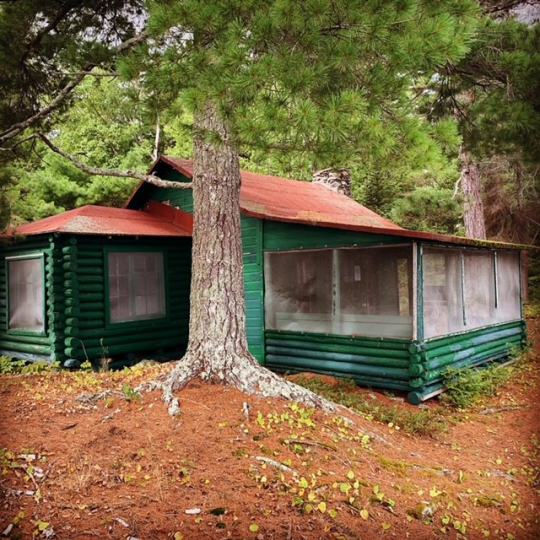
Jun Fujita’s cabin
Public domain
Holding Location
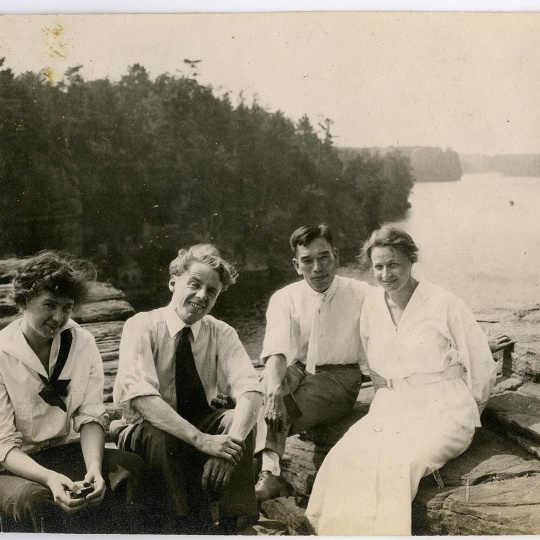
Jun Fujita and friends at Rainy Lake
Holding Location
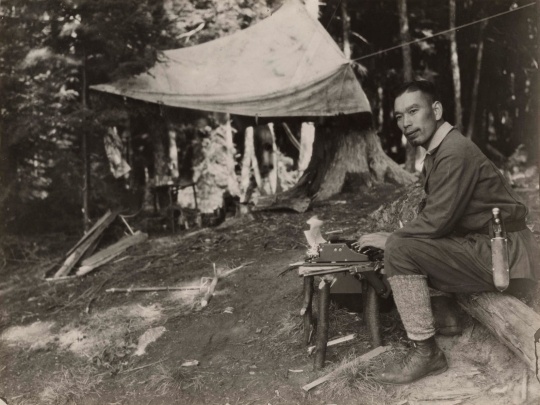
Jun Fujita camping
Holding Location
Articles
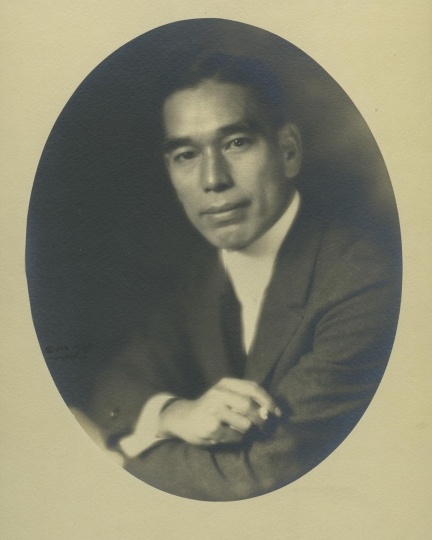
Jun Fujita, 1923
Holding Location
Articles
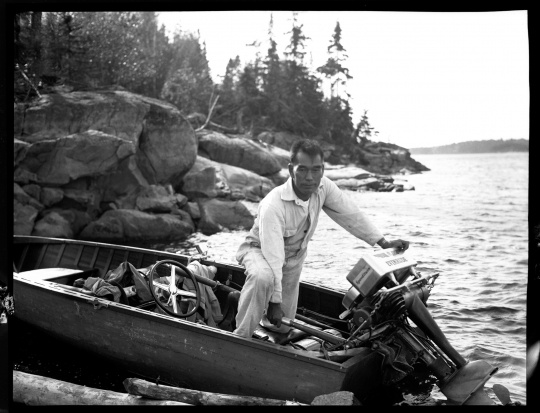
Jun Fujita boating on Rainy Lake
Holding Location
Articles
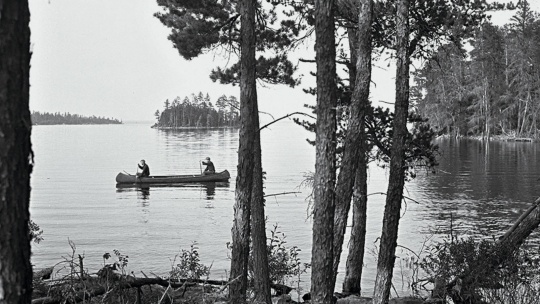
Rainy Lake photographed by Jun Fujita
Holding Location
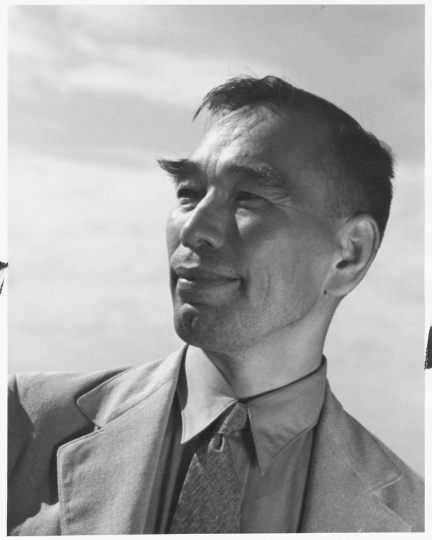
Jun Fujita, ca. 1930s
Holding Location
Articles
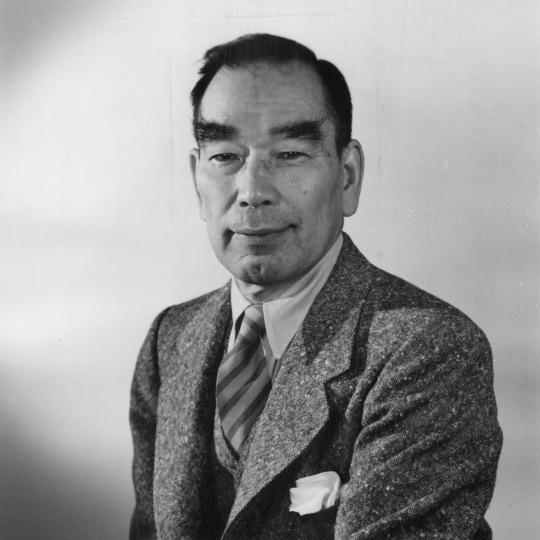
Jun Fujita, ca. 1930s
Holding Location
Articles

View of Rainy Lake from inside Jun Fujita’s cabin
Holding Location
Articles
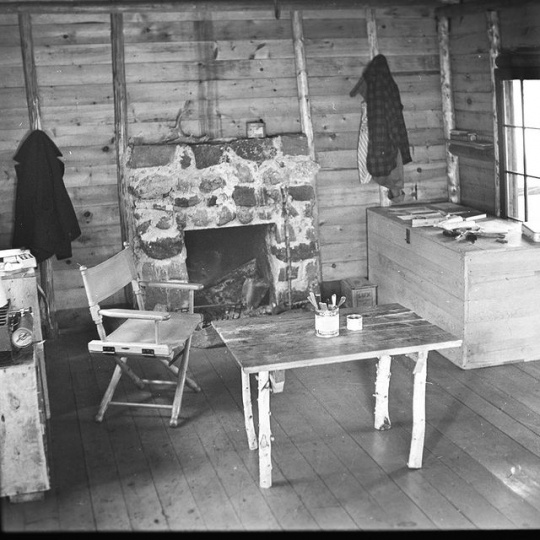
Interior of Jun Fujita’s cabin
Holding Location
Articles
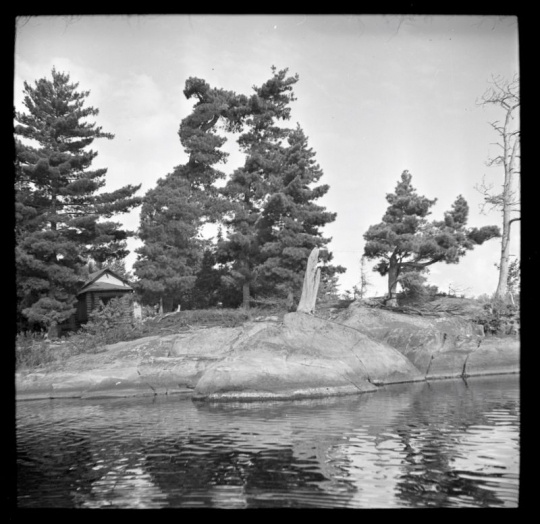
Wendt Island
Holding Location
Articles
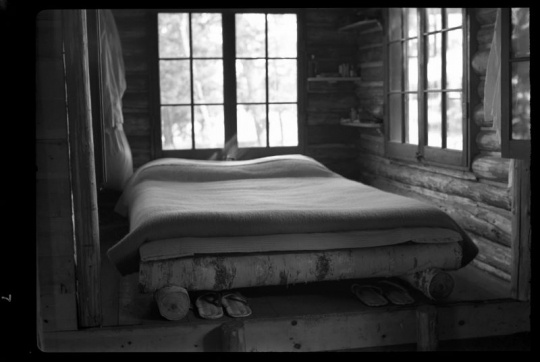
Sleeping alcove in Jun Fujita’s cabin
Holding Location
Articles
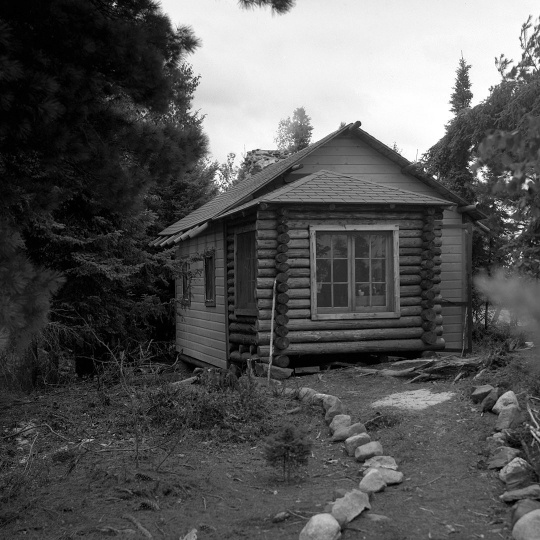
Exterior of Jun Fujita’s cabin
Holding Location
Articles
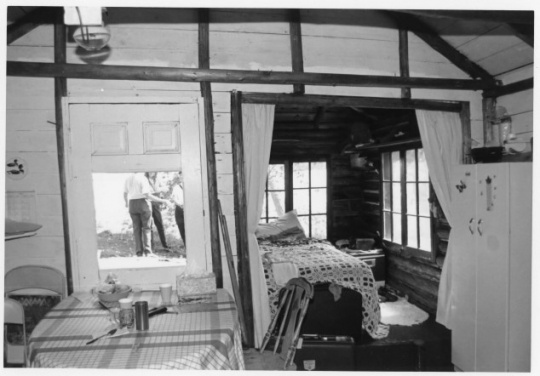
Interior of Jun Fujita’s cabin with sleeping alcove
Holding Location
Articles
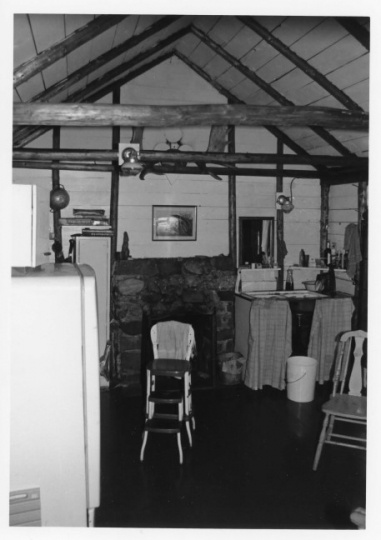
Kitchen inside Jun Fujita’s cabin
Public domain
Holding Location
Articles
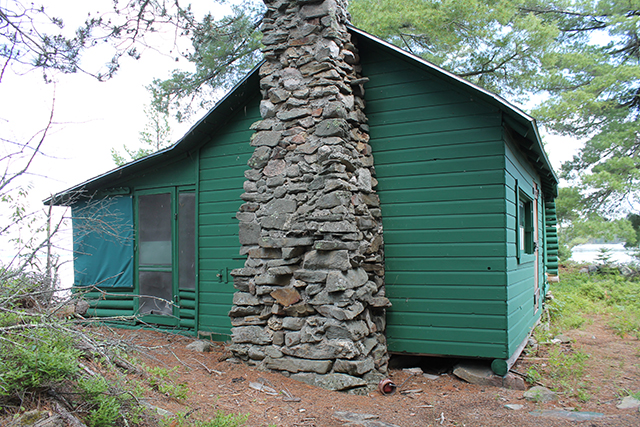
West facade of Jun Fujita’s cabin, 2025
All rights reserved
Articles
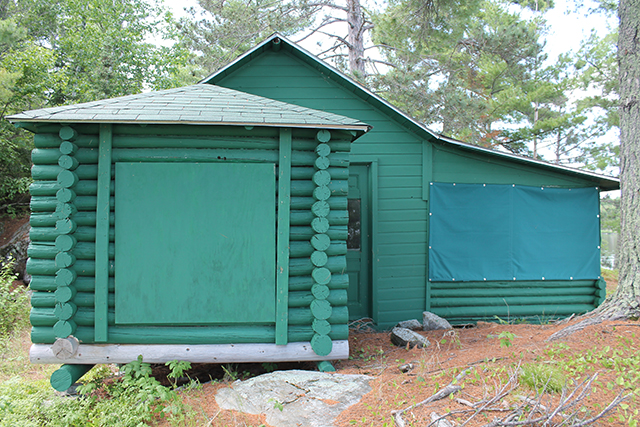
East facade of Jun Fujita’s cabin, 2025
All rights reserved
Articles
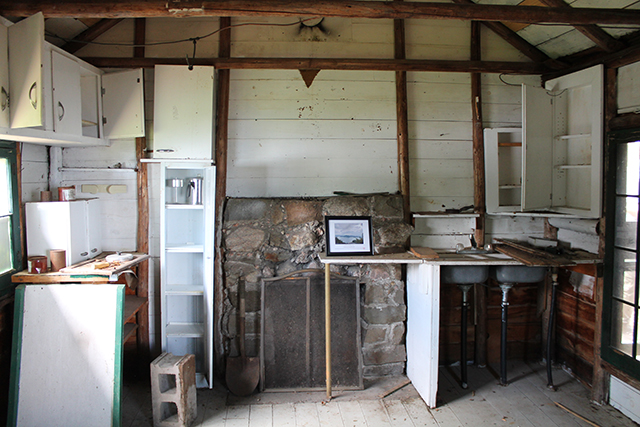
Kitchen area inside Jun Fujita’s cabin, 2025
All rights reserved
Articles
Related Articles
Turning Point
The cabin is added to the National Register of Historic Places in 1996.
Chronology
1888
before 1915
1928
late 1920s
1930s
1940
1941
1942
1954
1956
1963
1975
1985
1996
2021
Bibliography
Brulliard, Nicolas. “Cabin Revival.” National Parks Conservation Association, Fall 2021.
https://www.npca.org/articles/2998-cabin-revival
Crawford, Catherine, and Graves, Mary, “Rediscovering Jun Fujita on Rainy Lake.” Voyageurs Conservancy, June 10, 2014.
https://www.voyageurs.org/news/2014/06/10/rediscovering-jun-fujita-on-rainy-lake
Gardner, Denis P. Minnesota Treasures: Stories Behind the State’s Historic Places. St. Paul: Minnesota Historical Society Press, 2004.
Hurley, John. “Fujita, Jun Cabin.” National Register of Historic Places registration form, reference number 96001351, 1996.
https://s3.amazonaws.com/NARAprodstorage/lz/electronic-records/rg-079/NPS_MN/96001351.pdf
"Jun Fujita, 75, Photographer, Dies at Home." Chicago Tribune, July 13, 1963.
Lee, Graham Harrison. Fujita: Behind the Camera. Bloomington, IN: Indiana University Press, 2021.
Mason’s Minnesota Statutes, Section 8076 (1927).
https://www.revisor.mn.gov/statutes/1927/cite/59/pdf
Sobel, Alanna, “The National Park Foundation Honors Asian American and Native Hawaiian/Pacific Islander Heritage Month Through the Lens of National Parks.” PR Newswire, May 14, 2021.
https://www.proquest.com/printviewfile?accountid=12515
Related Resources
Primary
M211
Superior National Forest Records, 1903–1969 [microform]
Manuscript Collection, Minnesota Historical Society, St. Paul
Description: This archival collection (1903–1969) contains correspondence, reports, maps, clippings, memoranda, and federal bills and documents selected from the files of the Superior National Forest office in Duluth, documenting the forest's expansion, consolidation, management and use policies, and general history. Management files (approximately eight reels of microfilm) concentrate on administration of the "roadless areas" that eventually became the Boundary Waters Canoe Area, including automobile and aircraft trespass, timber cutting, road construction, establishment of primitive and wild areas, water levels, and motorized watercraft. Also included are files on regulation of international boundary waters and relations with adjoining Quetico Provincial Park in Ontario, Canada.
"Japanese Cottage, Crosby's farm, Crosby, Minnesota" (mhs44094a). Cuyuna Iron Range Heritage Network via the Minnesota Digital Library.
https://collection.mndigital.org/catalog/p16022coll30:11
Jun Fujita photography collection
Chicago History Museum
Description: Film negatives, glass negatives, prints, and albums of photographs taken by Jun Fujita.
https://images.chicagohistory.org/groupitem/1026
Secondary
Convery, Bill. “Ethnic Slur Context Report 5.28.21,” May 28, 2021. Research Department, Minnesota Historical Society.
Garrison, Denis M. Jun Fujita, Tanka Pioneer. Baltimore, MD: Modern English Tanka Press, 2007.
Kennedy, Roger G. Historic Homes of Minnesota. St. Paul: Minnesota Historical Society, 2006.
Moore, Taylor. “Behind the Lens of a Trailblazing Chicago Photojournalist.” Chicago, January 21, 2020.
https://www.chicagomag.com/arts-culture/january-2020/new-exhibition-book-honor-jun-fujita-chicagos-japanese-american-renaissance-man
Web
National Park Service . “Voyageurs National Park Minnesota.”
https://www.nps.gov/voya/index.htm



















